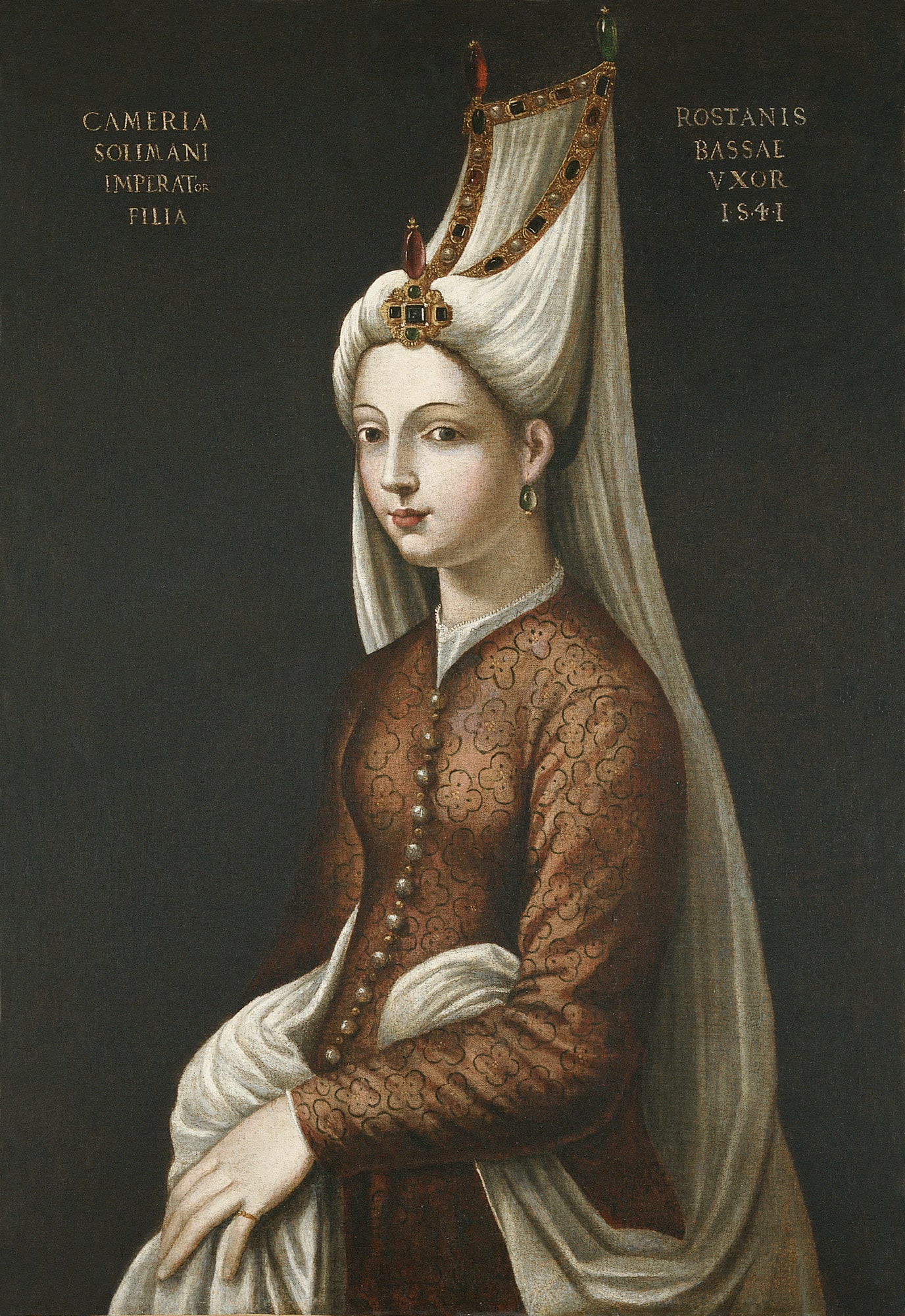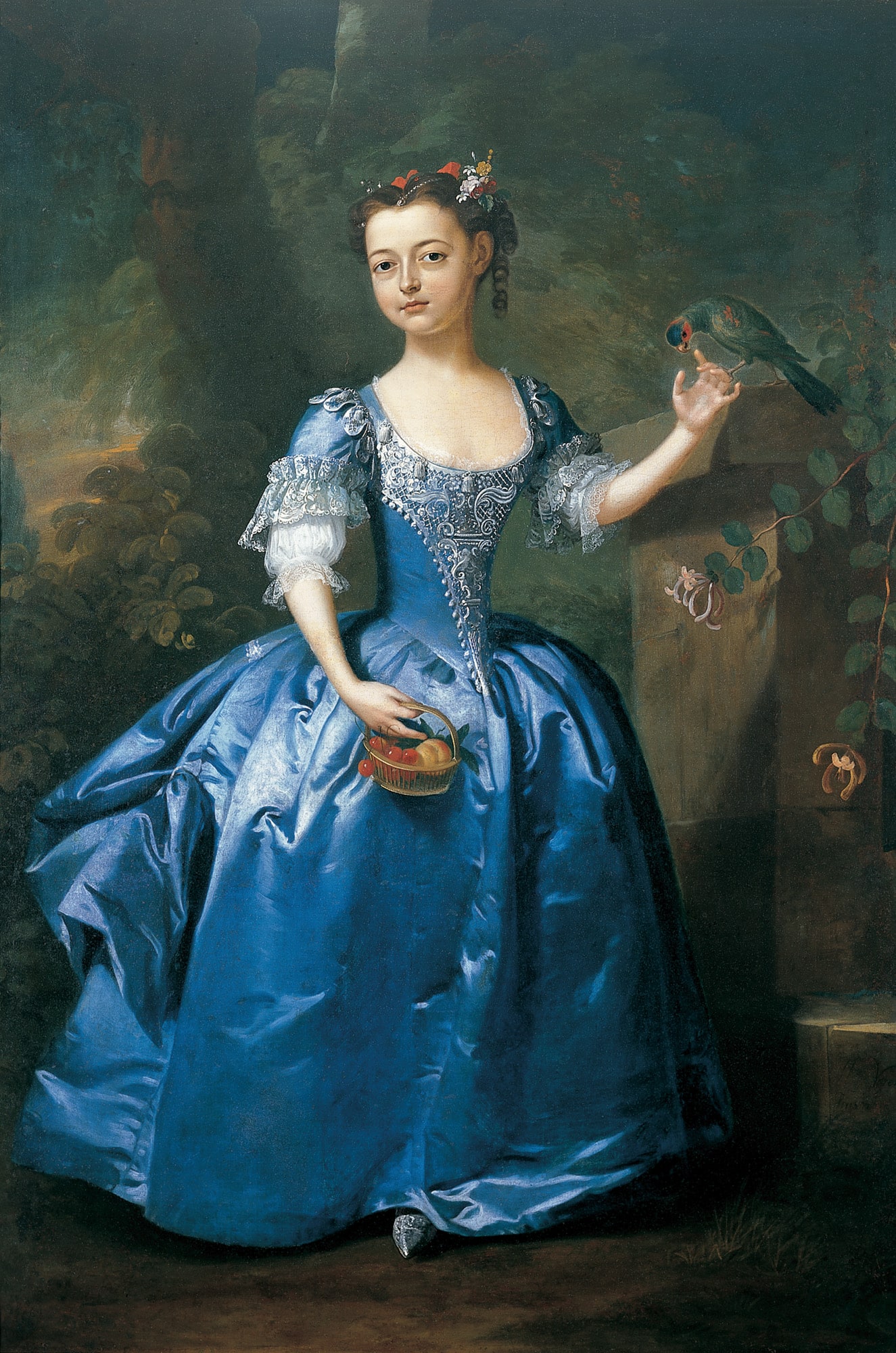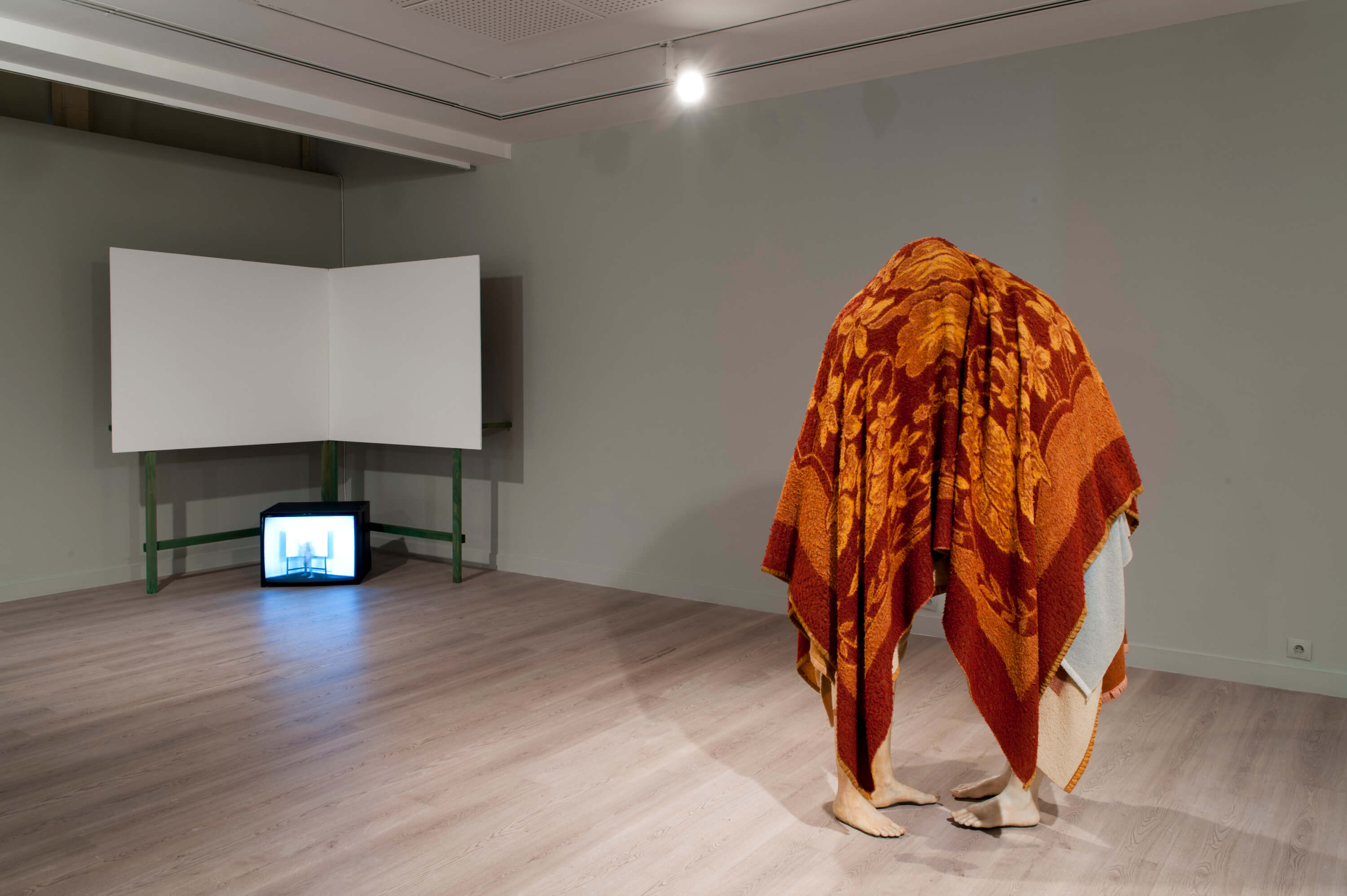23 October 2012
 Cameria (1522-1578), Daughter of the Emperor Soliman
Cameria (1522-1578), Daughter of the Emperor Soliman
After Cristofano dell’ Altissimo (1530-1605) (?)
Italian School, 16th century (?)
Oil on canvas, 98.5 x 67.8 cm
Based on similar examples by the European painters in various collections, this work is one of the portraits of Mihrimah Sultan, who was depicted rather often in the 16th century.
Dressed in a plain brown gown with floral motifs, the figure wears a tall headdress ornate with expensive stones. She is set against a dark background upon which are the following inscriptions on the upper left and upper right corners, respectively: “Cameria Solimani Imparator Filia” (Cameria, Daughter of Sultan Süleyman) and “Rostanis Bassae Vxor 1541” (Wife of Rüstem Pasha, 1541). It is highly probable that the date inscribed here does not indicate the date on which the work was executed. It can be assumed that the date and the inscription found on virtually all of the similar portraits by different artists repeat a tradition initiated by the first original portrait.
Apart from similar three-quarter view portraits found at the Courtauld Institute (Inv. No. 331) in London, The National Trust in Lacock Wiltshire (Inv. No. 996348) and the Mazovian Museum in Poland, the work also has comparable examples in bust portraits at the Uffizi Gallery in Florence (Inv. No. 1890/13), the Topkapı Palace Museum in Turkey (Inv. No. TSM, 17/141), as well as in the collection of Rahmi Koç.
It is believed that the origin of the portrait is to be found in the collection of 16th century Italian humanist and intellectualist Bishop Paolo Giovio (1483-1552). Giovio displayed his collection of portraits of notables in Rome until 1543, as of which the date he transferred it to Musaeum, the home he built in Como. An inventory made after the 1569 flood that destroyed almost the entire collection speaks of a “Turkish Hall” (Sala de’ Turchi). In his records from 1568, Vasari mentions having seen portraits of Hürrem and Mihrimah Sultans by Titian in this collection. Furthermore, it is known that Italian painter Cristofano dell’ Altissimo copied the paintings in this collection for Cosimo I de’ Medici. Included among these works currently on display at the Uffizi Gallery, the portrait of Mihrimah Sultan has been identified in the records of 1557 in Florence. Based on this information, it is presumed that the portrait can be dated to somewhere between 1552 and 1557, around the time of Giovio’s death.
As the daughter of Sultan Süleyman the Magnificent (1494-1566) and Hürrem Sultan (d. 1558), Mihrimah Sultan (1522-1578) was married to the Governor of Diyarbakır Rüstem Pasha in 1539. She had two children, Ayşe Hümaşah and Osman with Rüstem Pasha, who served as grand vizier in 1544-1553 and 1555-1561. A rather influential figure at the Harem during the reigns of her father Sultan Süleyman the Magnificent and her brother Sultan Selim II, Mihrimah Sultan commissioned Mimar Sinan to build a mosque and complex in her name both in Üsküdar and Edirnekapı.
The attire and headdress repeated in other examples of the portrait reflect the Turkish fashion of the period. During the 16th century, in which the Ottoman style became visible in Europe, both Mihrimah Sultan and her mother Hürrem Sultan represented the idealized Ottoman figure. In this respect, the portrait inspired other painters to recreate the popular theme of a given period.

This life-size portrait of a girl is a fine example of the British art of portrait painting in the early 18th century. The child is shown posing on a terrace, which is enclosed at the right foreground by the plinth of a pillar; the background is mainly filled with trees and shrubs.

Pera Museum, in collaboration with Istanbul Foundation for Culture and Arts (İKSV), is one of the main venues for this year’s 15th Istanbul Biennial from 16 September to 12 November 2017. Through the biennial, we will be sharing detailed information about the artists and the artworks.
Tuesday - Saturday 10:00 - 19:00
Friday 10:00 - 22:00
Sunday 12:00 - 18:00
The museum is closed on Mondays.
On Wednesdays, the students can
visit the museum free of admission.
Full ticket: 300 TL
Discounted: 150 TL
Groups: 200 TL (minimum 10 people)